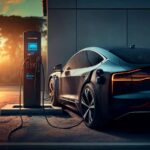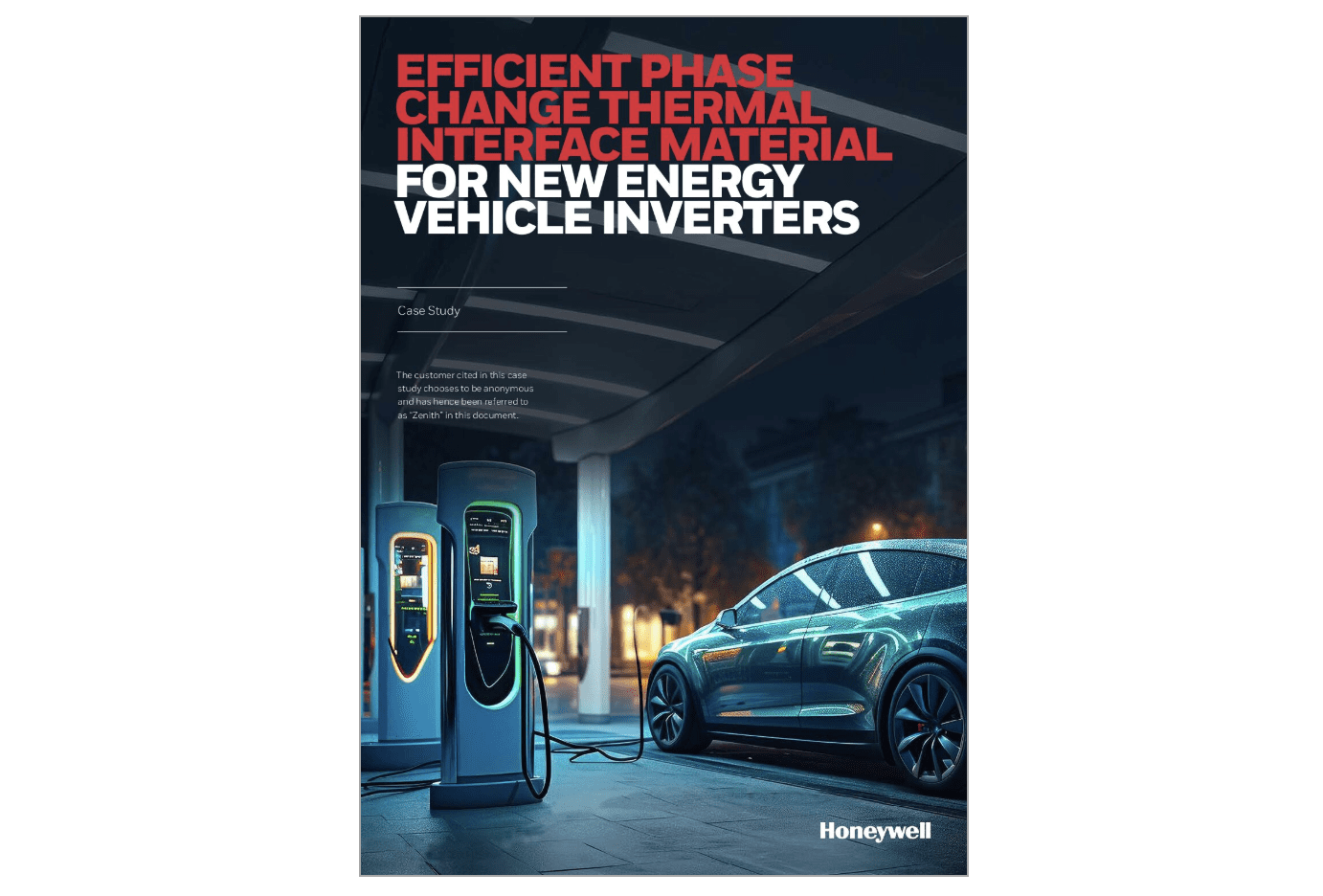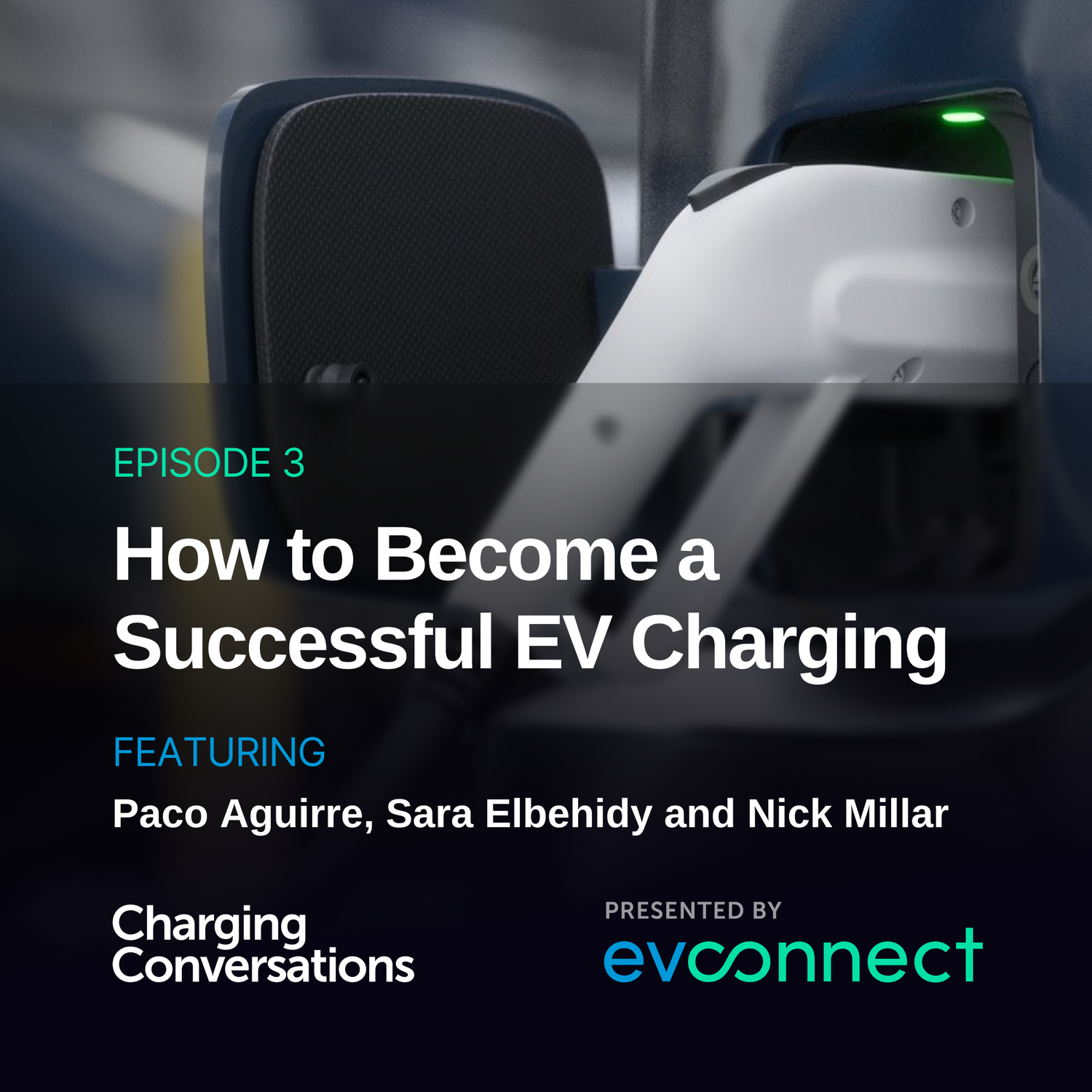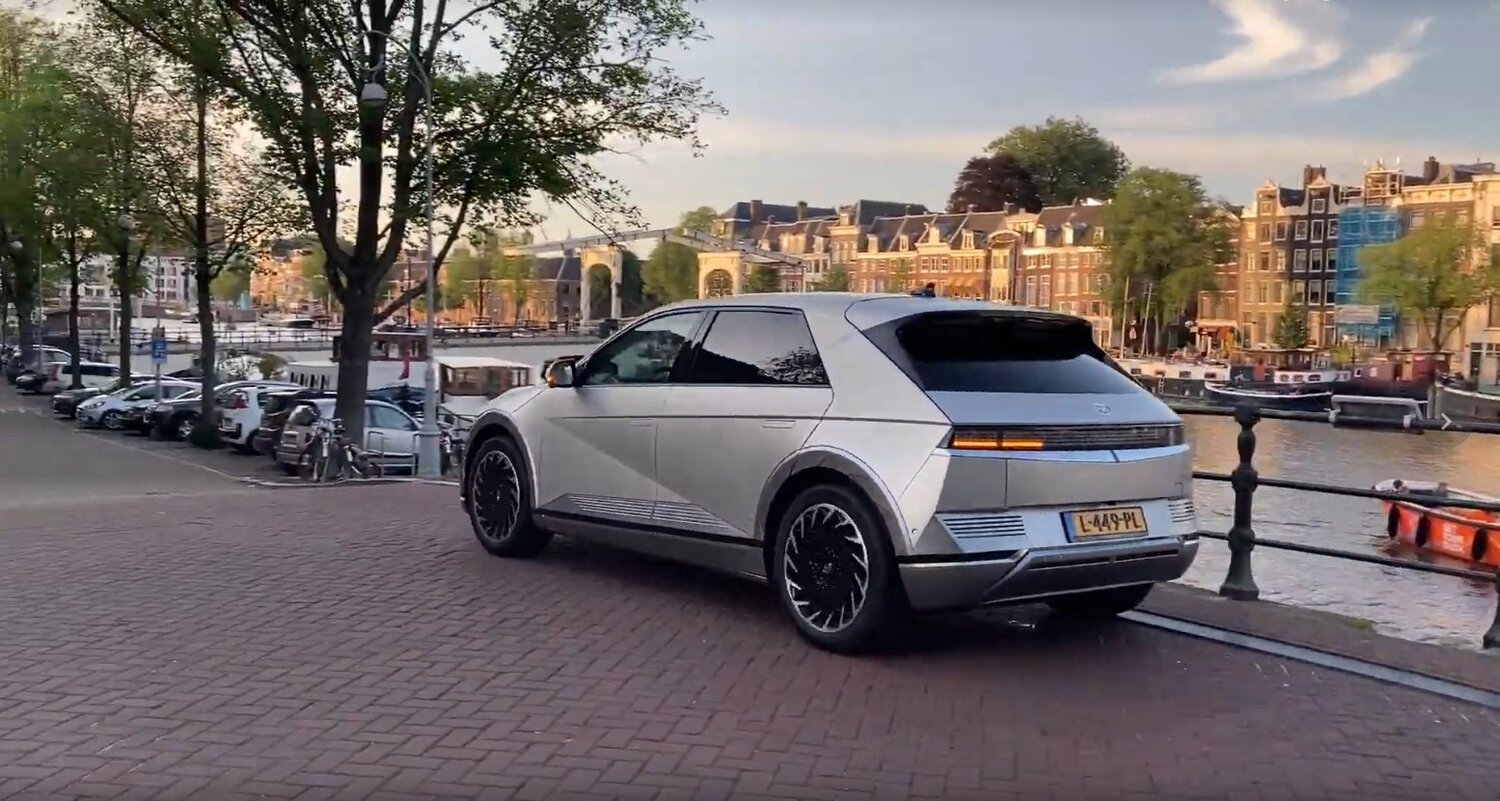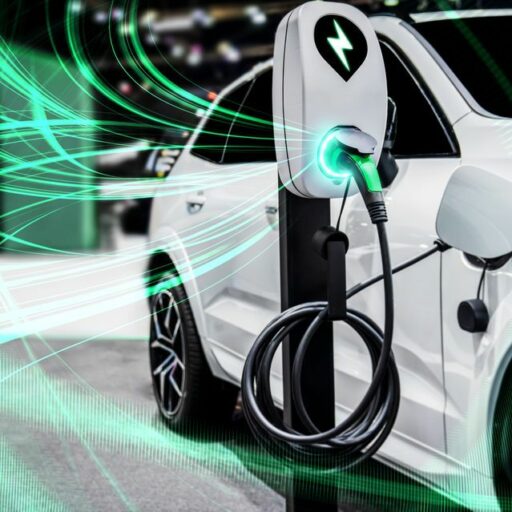As electric vehicles (EVs) surge in popularity and performance capability, a new frontier is rapidly expanding within the automotive enthusiast community: EV performance modifications and tuning. Traditionally the domain of internal combustion engine (ICE) vehicles, tuning culture is evolving to embrace the unique possibilities and challenges of electric powertrains. From bolt-on hardware upgrades to intricate electronic control unit tuning and powertrain swaps, EV owners are unlocking impressive performance gains while also customizing aesthetics to match. This article explores the vibrant rise of EV performance mods and tuning, showcasing how these advances are redefining what it means to sport and drive an electric car.
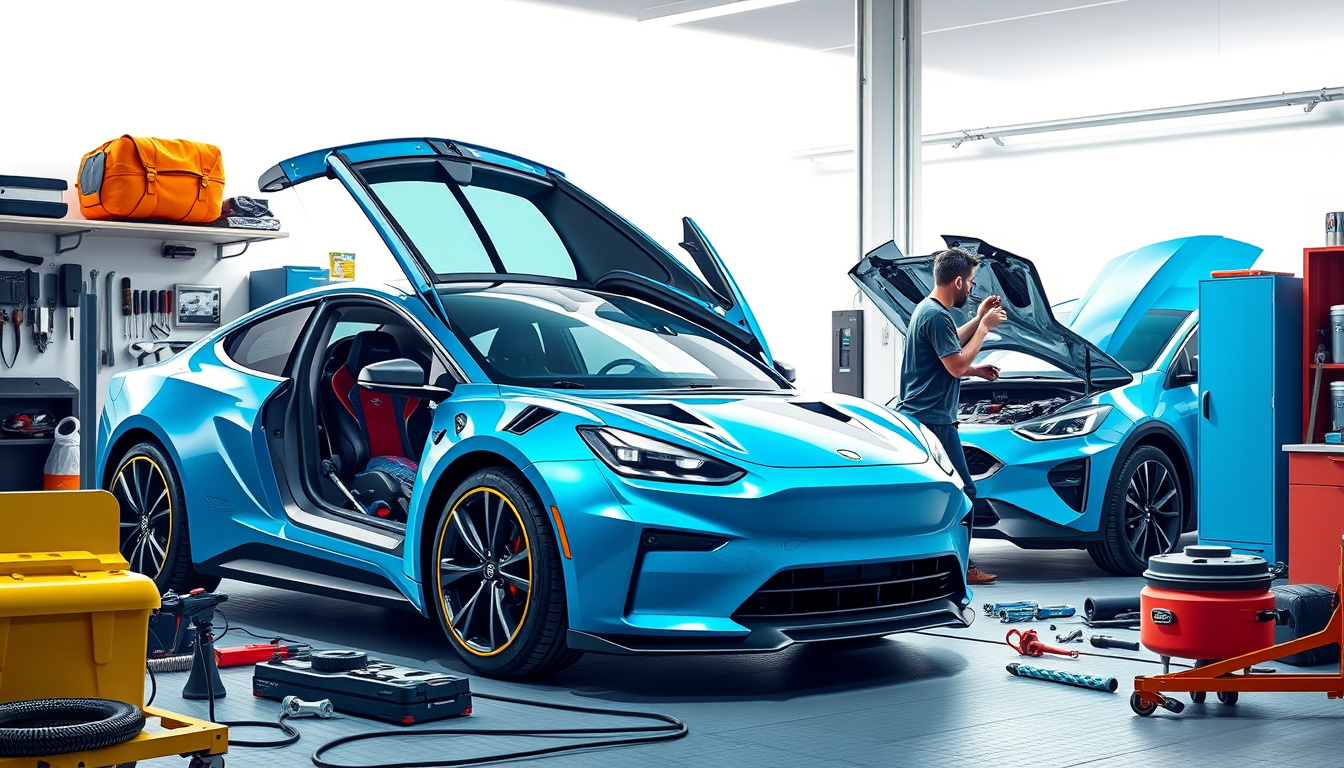
Performance Mods: Beyond the Stock EV Experience
Electric vehicles already deliver formidable acceleration thanks to instant torque and efficient power delivery, exemplified by cars like the Tesla Model S Plaid and Model 3 Performance — vehicles capable of astonishing sub-3-second 0-60 mph times. However, even these impressive benchmarks are inspiring owners to push boundaries further through aftermarket enhancements.
Essential Bolt-On Upgrades
The first wave of EV modification frequently targets key hardware components for improved handling, braking, and control:
- Brakes: Upgrading to larger, often carbon ceramic brakes significantly improves stopping power and thermal durability. High-performance brake lines, pads, and cooling ducts complement these upgrades.
- Suspension: Specialized suspension systems tailored to EVs enhance ride quality and road-holding. Components such as coilovers, control arms, and bushings from companies focusing on EVs (e.g., Unplugged Performance) cater to enthusiasts seeking sharper dynamics.
- Tires and Wheels: Given the high torque and weight of EVs, performance tires designed for electric vehicles (like Michelin Pilot Sport EV or Pirelli P Zero MS) are critical for traction and wear resistance. Switching to wider, lighter wheels reduces unsprung mass, boosting acceleration and handling.
- Aerodynamic Enhancements: Custom front splitters, rear diffusers, spoilers, and canards improve downforce and stability, aiding high-speed control and efficiency.
While these mods may seem familiar to traditional car enthusiasts, their application in EVs is nuanced due to unique factors like battery weight distribution and instant power delivery.
Electronic Control Unit (ECU) Tuning: The New Frontier
Perhaps the most significant shift from ICE tunings is the focus on modifying the electric vehicle’s software and control systems. Unlike tuning an engine’s fuel or ignition maps, EV tuning involves customizing power delivery, torque management, regenerative braking behavior, and thermal controls.
Specialized aftermarket EV control units (VCUs) such as AEM Electronics’ VCU 300 allow broad tailoring of motor response, integrating with multiple inverters and motors for intricate performance setups. Additionally, throttle response controllers like DTE Systems’ PedalBox enhance driver engagement by sharpening accelerator sensitivity without physically changing hardware.
However, tuning EVs demands deep technical expertise. Improper calibration risks damaging battery packs or electric motors and often voids manufacturer warranties. This complexity confines many advanced modifications to dedicated tuning shops and the EV restomod community.
Powertrain and Battery Upgrades: Extreme Electrification
For those seeking transformative performance leaps beyond bolt-ons and software tweaks, swapping out electric motors and upgrading battery packs is the ultimate step. Companies such as Stealth EV and Cascadia Motion supply high-output electric motors that surpass factory units in horsepower and durability. Meanwhile, modular battery packs like Hypercraft’s HyperPack enable enthusiasts to boost capacity and power delivery while retaining advanced battery management systems.
These extensive upgrades open doors to custom-built EV restomods and race cars, though they require substantial investment and professional installation.
The Growing Community and Industry Support
The rise in EV tuning parallels shifts in the automotive aftermarket industry. Established performance brands and tuning houses are pivoting toward electric platforms, as noted by the Specialty Equipment Market Association (SEMA), which hosts events and webinars focused on EV tuning breakthroughs. Companies like Ingenext are innovating in EV powertrain management, applying traditional hot-rod ingenuity to electric cars and proving that EVs can be just as thrilling and customizable as gasoline-powered vehicles.
At the same time, boutique tuning firms specializing in luxury EV modifications offer not only performance enhancements but also aesthetic upgrades. Custom body kits, carbon fiber wheels, bespoke interior trims, and tailored paint jobs allow owners to imbue their EVs with distinct personality and exclusivity, blending style with substance.
Benefits Beyond Speed
While accelerating quicker and achieving higher top speeds draws much attention, EV tuning also often yields practical gains:
- Improved energy efficiency through weight reduction and optimized power delivery extends driving range.
- Enhanced handling and braking safety augment day-to-day drivability.
- Customized regenerative braking systems can improve energy recapture and reduce brake wear.
- Personalization fosters greater owner enjoyment and expression in the rapidly expanding EV landscape.
Conclusion
The rise of EV performance mods and tuning is a dynamic testament to how electric vehicles have transformed not just how we drive, but how we experience automotive passion. From accessible hardware upgrades to complex motor and battery replacements, EV enthusiasts are redefining performance limits while fostering a burgeoning culture of innovation and personalization. As electric vehicle technology continues advancing, so too will the exciting opportunities for owners to unleash electric power in uniquely thrilling ways—proving that the spirit of tuning is alive and electrified for the next generation of drivers.
——————————————————
Voltsandvolts.com is a blog dedicated to electric vehicles (EVs). Our blog features articles on EV reviews, stories, tips, tricks, charging infrastructure, and battery technology. Join the conversation and become part of the Voltsandvolts.com community today!

